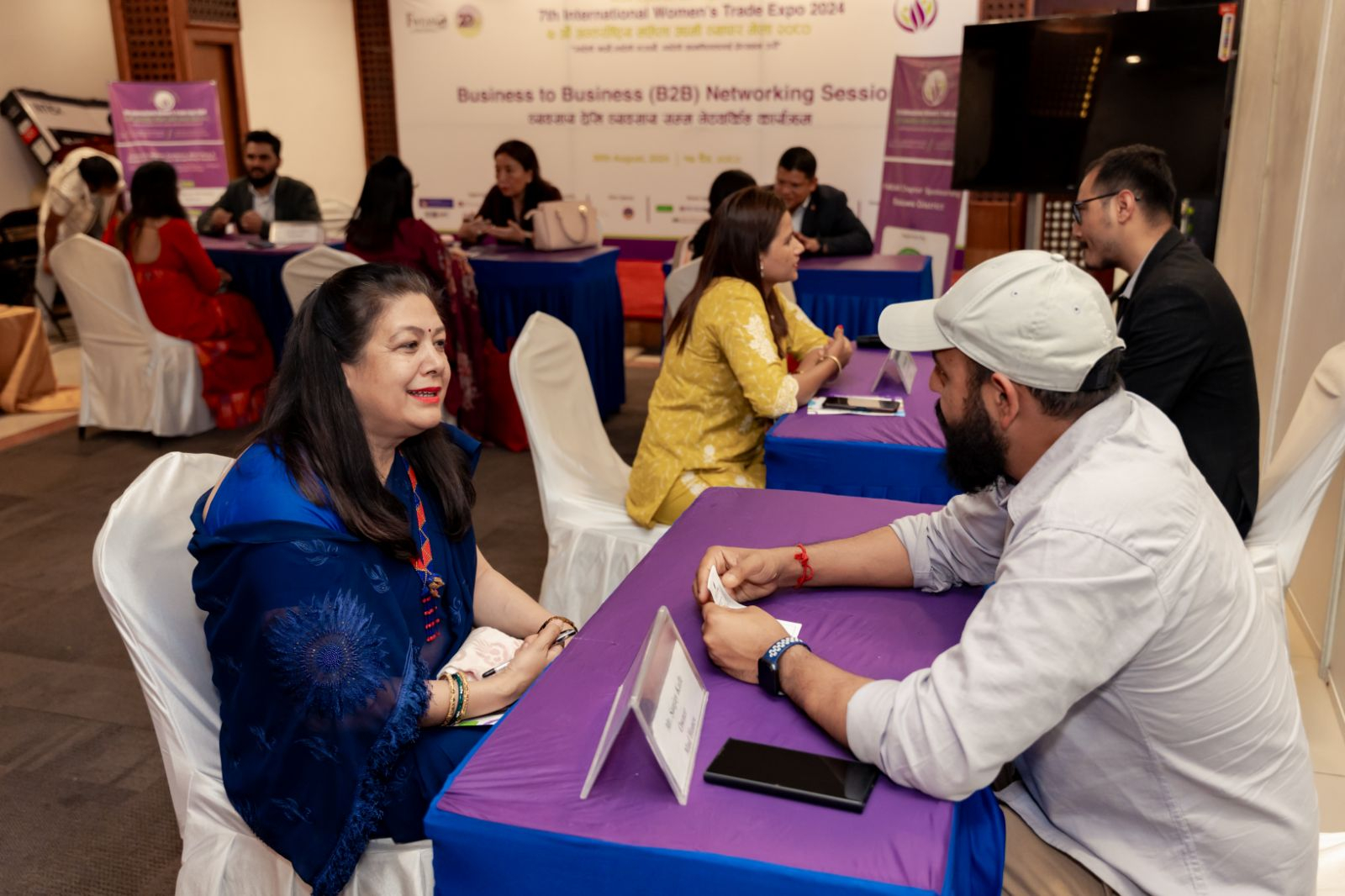
In the competitive landscape of business, the art of proposal writing plays a pivotal role in securing contracts, partnerships, and funding. A well-crafted proposal not only showcases your capabilities but also persuades stakeholders to choose your solution over others. This comprehensive guide aims to provide insights and practical tips for mastering the art of proposal writing, ensuring that your proposals stand out and lead to successful collaborations.
Understanding the Basics
-
Define the Objective: Clearly articulate the purpose and objective of your proposal. Whether it's securing a business contract, obtaining funding, or forming a strategic partnership, a well-defined objective guides the entire proposal-writing process.
-
Know Your Audience: Tailor your proposal to the specific needs and interests of your audience. Understanding the motivations and priorities of the decision-makers enhances the relevance and impact of your proposal.
-
Research Thoroughly: Conduct comprehensive research on the project, opportunity, or problem you are addressing. This not only demonstrates your commitment but also enables you to present a well-informed and targeted proposal.
Structuring Your Proposal
-
Executive Summary: Start with a concise and compelling executive summary. This section should highlight the key points of your proposal, providing a snapshot of what the reader can expect.
-
Introduction: Introduce your organization, outlining your expertise, values, and mission. Establish a connection with the reader by addressing common goals and shared values.
-
Statement of the Problem or Opportunity: Clearly articulate the problem or opportunity you are addressing. Provide context and evidence to emphasize the significance of the issue.
-
Proposed Solution: Present your solution or approach to addressing the problem/opportunity. Clearly outline the benefits and advantages of choosing your proposal over alternatives.
-
Methodology and Approach: Detail the methods, processes, and steps you will undertake to implement your proposed solution. Be transparent and demonstrate a clear understanding of the project's requirements.
-
Timeline and Milestones: Provide a realistic timeline for project completion, highlighting key milestones. This instills confidence in your ability to deliver on time.
-
Budget and Cost Analysis: Clearly outline the financial aspects of your proposal. Break down costs, provide a detailed budget, and justify expenses. This transparency builds trust and credibility.
-
Credentials and Past Performance: Showcase your organization's qualifications, relevant experience, and successful projects. Provide testimonials, case studies, or references to bolster your credibility.
Writing Style and Tone
-
Clarity and Conciseness: Use clear and concise language to convey your message. Avoid jargon and unnecessary complexity, ensuring that your proposal is easily understandable.
-
Persuasive Language: Adopt a persuasive tone throughout your proposal. Clearly articulate the value proposition and benefits of your solution.
-
Customization: Tailor each proposal to the specific needs and preferences of the recipient. Avoid generic templates and demonstrate a genuine understanding of the recipient's requirements.
Mastering the art of proposal writing is a valuable skill that can significantly impact the success of your business ventures. By understanding the fundamentals, structuring your proposal effectively, and adopting a persuasive writing style, you can elevate your proposals from mere documents to compelling narratives that win opportunities. Remember, a well-crafted proposal is not just a formality; it's a powerful tool that showcases your capabilities and sets the stage for fruitful collaborations. Happy proposal crafting!